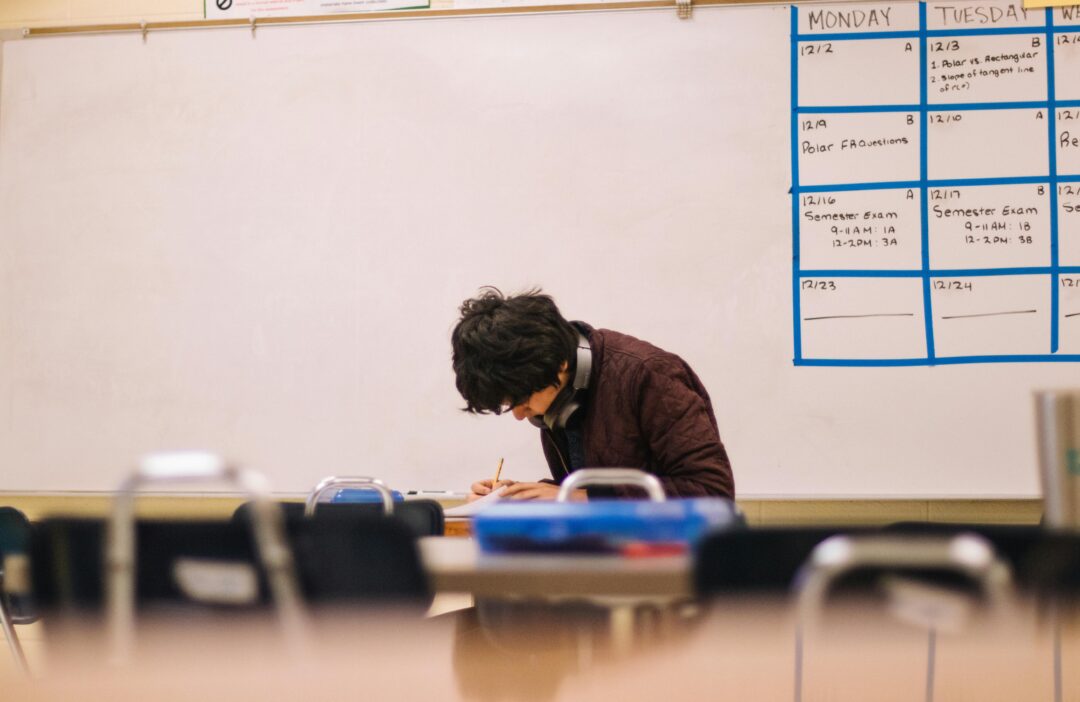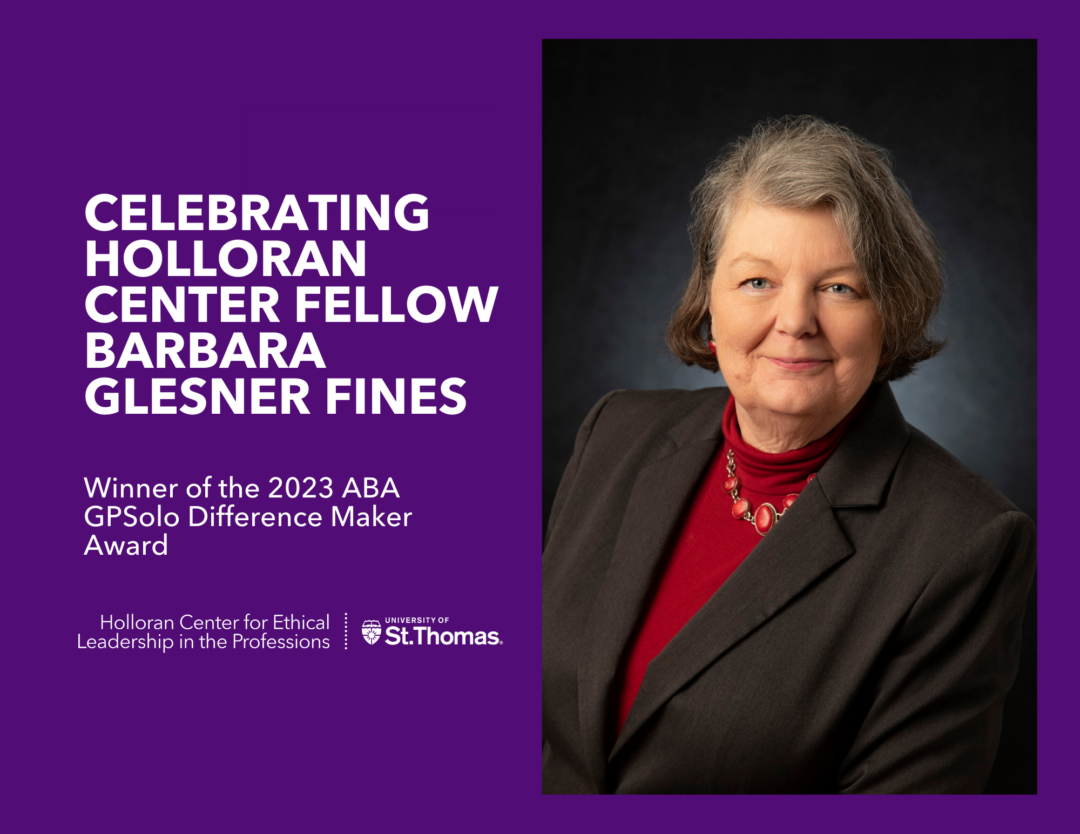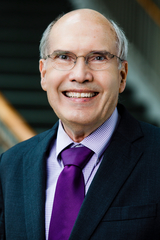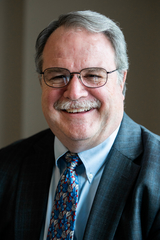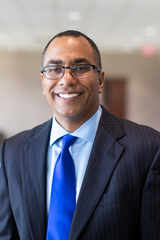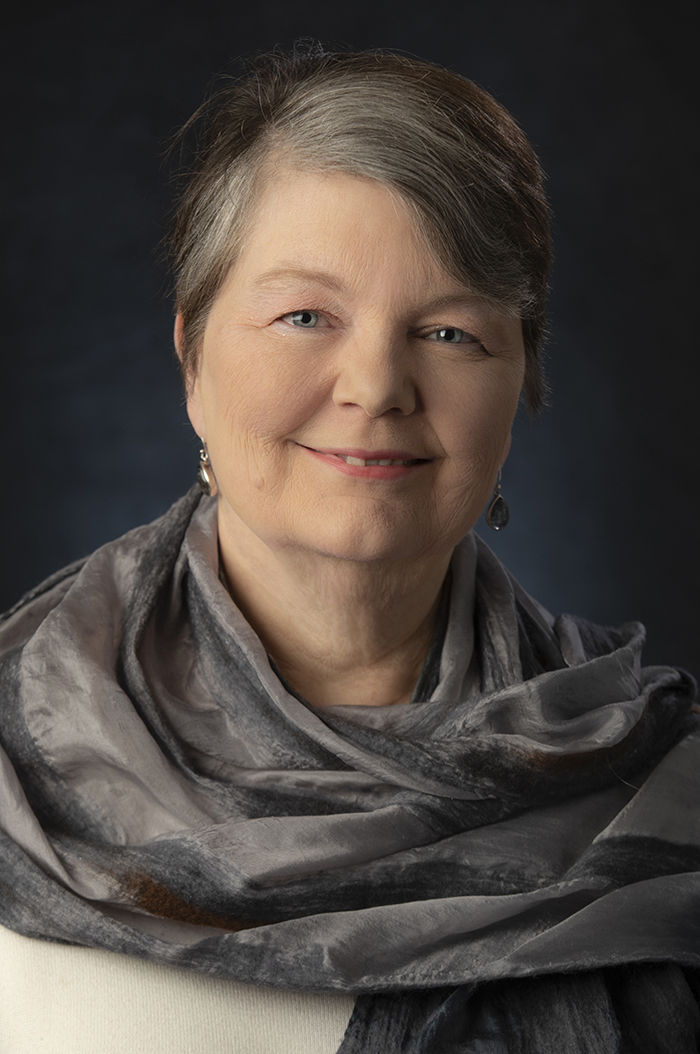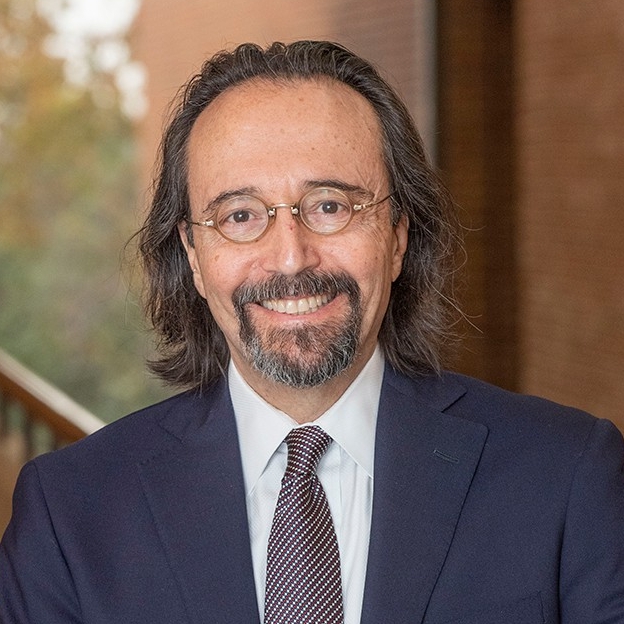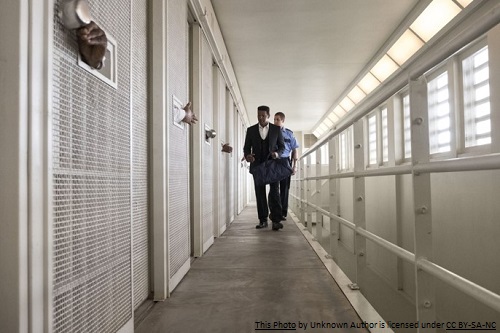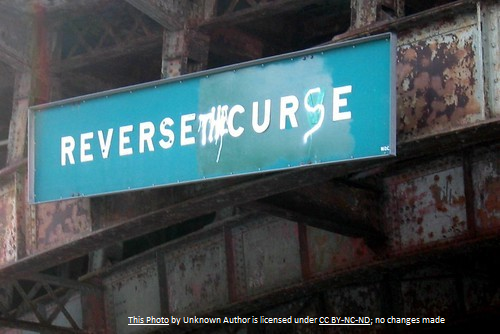By: Barbara Glesner Fines, Dean and Rubey M. Hulen Professor of Law, UMKC School of Law
Award-winning attorney and scholar Bryan Stevenson begins his book Just Mercy[1] with a story of his experience in law school and the transformative moment when he understood what it meant to be a lawyer and the kind of lawyer he wanted to be.
Stevenson recounts his first-year experience at Harvard where “the courses seemed esoteric and disconnected from the race and poverty issues that had motivated me to consider the law in the first place”[2] and he was “left feeling adrift.”[3] This is precisely the challenge raised by William Sullivan in the Carnegie study of the professions in which he notes legal education’s neglect of “the third apprenticeship.”[4]
The transformative formation experience for Stevenson occurred in the summer after his first year of law school when he participated in a month-long field experience with the Southern Prisoners Defense Committee (SPDC) in Atlanta, Georgia. The experience combined three of the core pedagogies of professional identity formation: mentoring, acting as an attorney, and reflection.
First, Stevenson met the director of the SPDC on the flight to Atlanta and immediately found a mentor and role model. As Stevenson recounts that initial meeting, “He showed none of the disconnect between what he did and what he believed that I’d seen in so many of my law professors.”[5] The disconnect between the academy and law practice Stevenson felt is one that still bedevils law schools today and is an important lesson in the necessity for collaboration in developing professional identity formation opportunities in law schools. Guest speakers in the classroom and practice panels or networking opportunities outside the classroom are not just a way to enliven our curriculum or help our students find jobs. These are opportunities for students to consider models of lawyering and connect with mentors.
In this field experience course, Stevenson had the opportunity to engage with a client in his role as a student attorney. He entered that experience unprepared for its impact. “I wasn’t prepared to meet a condemned man. In 1983, I was a twenty-three-year-old student at Harvard Law School working in Georgia on an internship, eager and inexperienced and worried that I was in over my head…. When I signed up for this internship, I hadn’t given much thought to the fact that I would actually be meeting condemned prisoners. To be honest, I didn’t even know if I wanted to be a lawyer.”[6]
Stevenson was given a simple task in this encounter – tell the client that he would not have an execution date in the coming year. Placing students in roles as attorneys, no matter how well prepared they are, generates intense emotion for most students – excitement, fear, anxiety, insecurity – and this emotion heightens the impact of the experience. This was true for Stevenson, who entered the prison convinced that he had nothing to offer his client.
Like many transformative formation experiences, the visit was full of surprises for Stevenson: the client’s unexpected gratitude, the personal connection he found with the client, the experience of the brutality of the prison guard’s treatment of his client and his guilt that his visit had contributed to that treatment, and the client’s strong, faith-filled reaction to sing the hymn “Higher Ground” as he was taken away from the visitor room. Stevenson left “completely stunned”[7] and transformed. He became an attorney and the experience in turn changed his entire motivation and approach toward law school:
I finished my internship committed to helping the death row prisoners I had met that month. Proximity to the condemned and incarcerated made the question of each person’s humanity more urgent and meaningful, including my own. I went back to law school with an intense desire to understand the laws and doctrines that sanctioned the death penalty and extreme punishments. I piled up courses on constitutional law, litigation, appellate procedure, federal courts, and collateral remedies. I did extra work to broaden my understanding of how constitutional theory shapes criminal procedure. I plunged deeply into the law and the sociology of race, poverty, and power. Law school had seemed abstract and disconnected before, but after meeting the desperate and imprisoned, it all became relevant and critically important.[8]
In Bryan Stevenson’s recounting of this first experience with a client on death row, we can see the power and impact of providing opportunities for students to engage with role models and act in the role of attorney. We see how, especially combined with a reflective lens to focus on the meaning of these experiences, these formation experiences help to focus and shape a student’s learning and provide the foundation for their career.
[1] BRYAN STEVENSON, JUST MERCY: A STORY OF JUSTICE AND REDEMPTION (2014).
[2] Id. at 4.
[3] Id. at 5.
[4] William M. Sullivan et al., Carnegie Found. for the Advancement of Teaching, Educating Lawyers: Preparation for the Profession of Law (2007).
[5] Stevenson, supra note 1, at 5.
[6] Id. at 3.
[7] Id. at 12.
[8] Id. at 12-13.
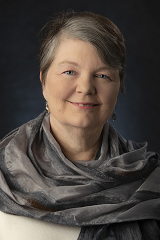
Barbara Glesner Fines is
the Dean and Rubey M. Hulen
Professor of Law at the
University of Missouri-Kansas City
School of Law.

